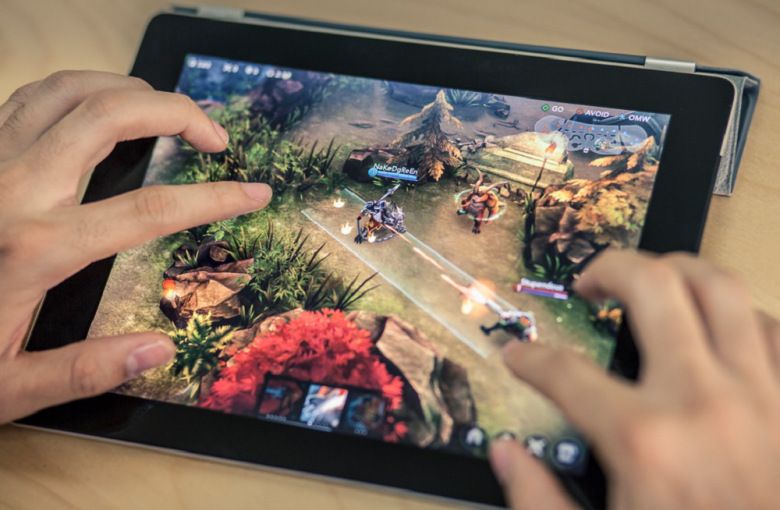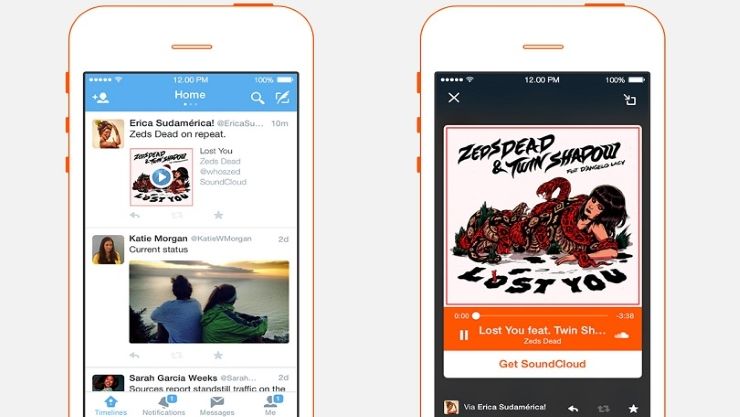While the mobile gaming market is already over $20 billion globally and growing rapidly, it’s achieved that level mostly with casual games, simple puzzles and action games. This is in precise opposition to the dominant games on consoles and PCs, where the vast bulk of the revenue is found in hardcore games like Call of Duty, FIFA, or League of Legends. Quite naturally, then, a number of publishers have been seeking to bring a deeper, more engaged style of gaming to mobile devices. Thus we see successful PC game publishers like Blizzard bringing their Hearthstone game to tablets as well as PCs, or Kabam making the transition from Facebook games to mobile with great success.
Bringing an established audience to a new and rapidly growing platform is not easy, but when you start with a large audience it’s not that hard to achieve at least moderate levels of success. When you try to tackle a genre that has not yet succeeded on mobile, and you’re a brand new company with no established audience, you are taking on a difficult mission.
 CCO Stephan Sherman
CCO Stephan Sherman
Super Evil Megacorp is on that mission, and it’s one with daunting dangers and no guarantee of success. The stakes are high — a possible leading market position in the marketplace for mobile games among core gamers. The company’s first game, Vainglory, is an exploratory canary in a potentially vast and lucrative gold mine (not a coal mine, but grant me some metaphorical latitude). Amazing wealth could lie ahead, or a deadly gas that can fell the fledgling company.
Super Evil is attempting to create a multiplayer online battle arena (MOBA) game, the same type of game as the hugely successful League of Legends, on tablets and larger smartphones. “We’re here to help build a future where every tablet is perceived by players as a portable next-gen console,” says Super Evil on their website. Super Evil is packed with talent from top firms like Blizzard and Riot Games, Rockstar and Playfish, and the company has solid venture capital funding. Despite all the advantages, though, success is far from assured.
Stephan Sherman, co-founder and CCO of Super Evil Megacorp, and Kristian Segerstrale, COO and executive director, have been bringing journalists into the offices to try out their game Vainglory. After playing a couple of close-fought matches, it’s clear that Super Evil has captured the essence of the MOBA. The game’s engine is fluid, the graphics are top-notch, the basic design and gameplay loop is solid with a good range of strategies available to you. It’s also easy to pick up and play, with simple controls that are well-suited to the touch interface. What will take time to learn is the deeper strategies, the pros and the cons of all the choices available for different characters, how to adjust your strategy as a game unfolds in different directions. The process of doing that promises to be engaging enough to keep people around for a long time, which is the fundamental thing any free-to-play game must accomplish to get a reasonable amount of money out of players.
Super Evil is still polishing the game, refining the game play and adding more characters. Meanwhile, Vainglory has soft launched in Southeast Asia, beginning the hard work of the next phase of the successful game launch: Building an audience. For all the difficulty involved in creating a first-class, visually stunning, fast-paced mobile game, it’s matched or exceeded by the difficulties in creating a large, thoroughly engaged audience that’s willing to spend money on your game.
 COO Kristian Segerstrale
COO Kristian Segerstrale
For some reason, many mobile companies seem to treat the process of building and sustaining a community as something optional. It’s true that some communities have built themselves up with very little assistance from the developers of the game. Leaving that to chance, though, is akin to the all-too-often heard marketing strategy of “oh, it’ll spread virally” for mobile games. True, that might happen… and you could also purchase a winning lottery ticket, too.
Vainglory is developing its fan base, with some 25,000 posts in its forums already, and groups of dedicated players honing their skills. “The best teams out there can already beat our best players in house,” admits Sherman. That’s a good sign, speaking to the dedication of the still-new player base. Super Evil is working to create a welcoming atmosphere around the game, and keep toxic gameplayers from making the game’s community an unpleasant place. That’s a tall order, and one the company will need to continue working on for as long as the game exists.
One of the players in our test voiced the essential problem Super Evil faces: “They are creating a fun game for a market that doesn’t exist yet.” By which he meant that hardcore gamers, by and large, own consoles and PCs, but not tablets. Super Evil must either convince hardcore gamers to buy tablets, or find tablet owners willing to try a deeper game than the usual fare. A MOBA on mobile is also a difficult game to attract an audience for in that it’s a synchronous game — you have to have six people ready, willing, and able to spend 15 or 20 minutes playing the game all at the same time. (Though not necessarily in the same place — the game will match you with other players of the appropriate skill level.) “We want to revive the LAN party,” said Segerstrale. It’s certainly fun playing the game around a table with other players, but that’s not going to be the default play session. Still, having the sort of exuberant in-person play could be a good marketing tool — imagine seeing three people at a table in a college dorm lounge having a terrific time. Wouldn’t you wander over to find out what all the laughing and shouting was about

Super Evil is looking to be in the right place at the right time. There’s about 200 million iPads in the market that can play Vainglory; the game also plays pretty well on the new iPhone 6 and 6 Plus, and in just a month there’s already about 30 million of those devices out there. It’s not hard to imagine in a year or two that Vainglory could be playable on 400 million iOS devices, and when (at some point) we see the seemingly inevitable Android version those numbers will probably double.
The history of electronic games shows that new platforms usually begin with simple games, and as the platform matures we get more complex games that tend to engage audiences more deeply. Mobile devices are undergoing this evolution now, and savvy game publishers are trying to find ways to create deep engagement on mobile while still attracting the broadest possible audience.
We have seen some successes with deeper gameplay on mobile already — Clash of Clans is the #1 top-grossing title on both iOS and Android, and Machine Zone’s Game of War: Fire Age is #3 on both platforms. Both of these games, while arguably not that hardcore, still offer deeper gameplay than the simple puzzle and casual action games that populate the rest of the top-grossing lists. These games have compelling gameplay that has managed to keep players engaged and throwing money at the game, and that’s a triumph of game design, not marketing. Once you’ve reached a high position on the charts, there’s not much need to spend more on marketing — companies are better off putting the resources into the gameplay.
Yet there are plenty of good games out there, and it’s certainly true that you’ll get the best sales when you combine a great game with great marketing. Super Evil is right to focus on gameplay first, but as that part of the puzzle is refined, marketing will become more important to the game’s overall success. Super Evil needs to find creative ways to bring in new players and keep them engaged for a long time, while it attempts to create a market for a genre that hasn’t gotten much traction yet on mobile. Keep an eye on Super Evil Megacorp as a harbinger of core gaming on mobile, and we’ll find out if the company’s efforts to find glory will be in vain or not.

